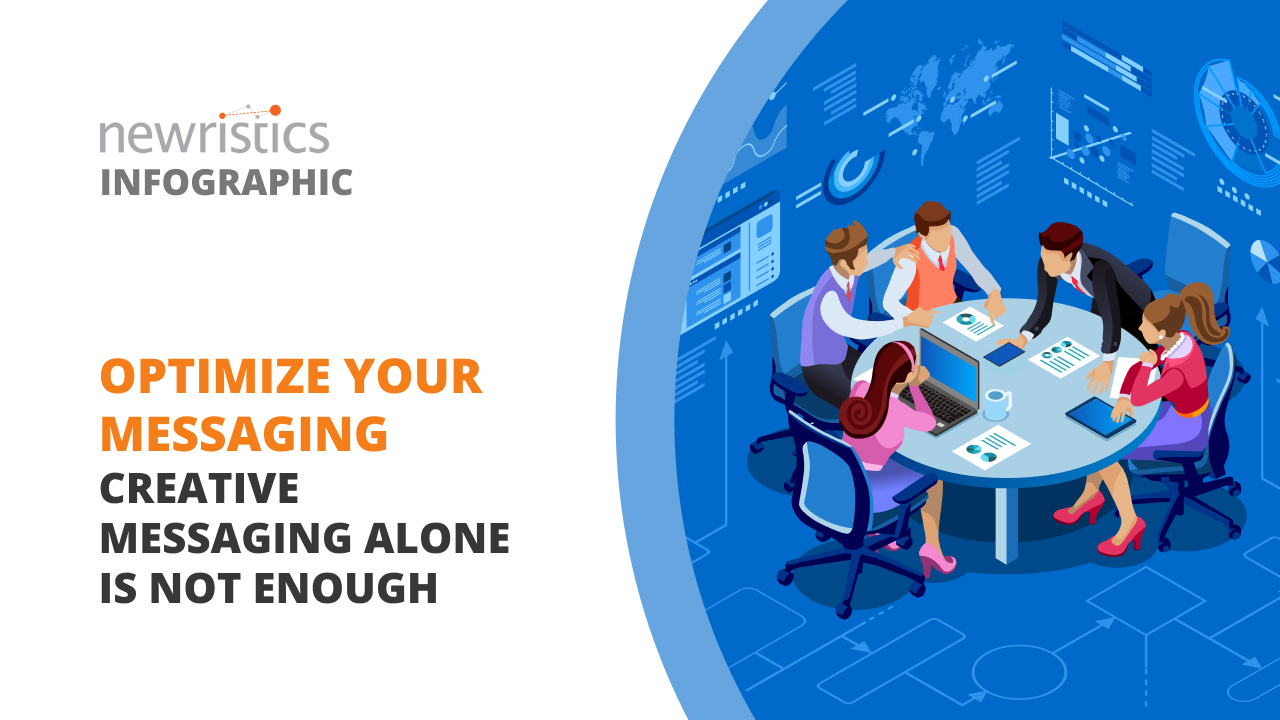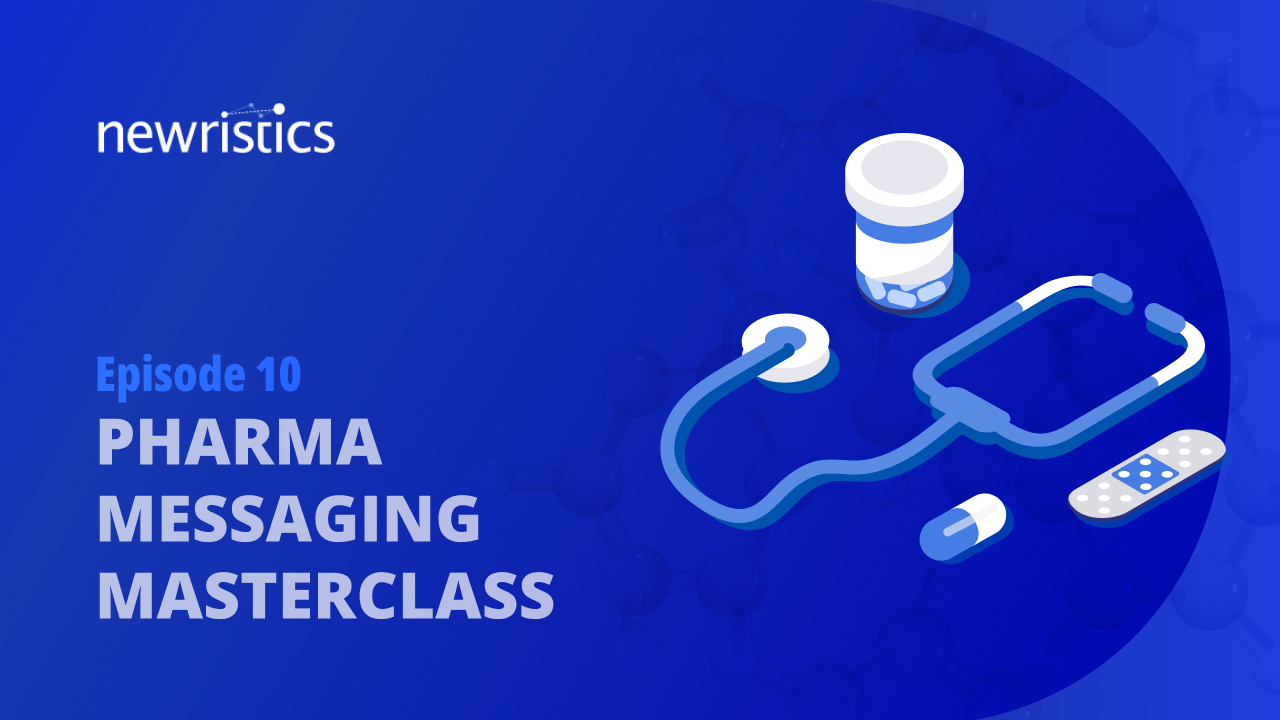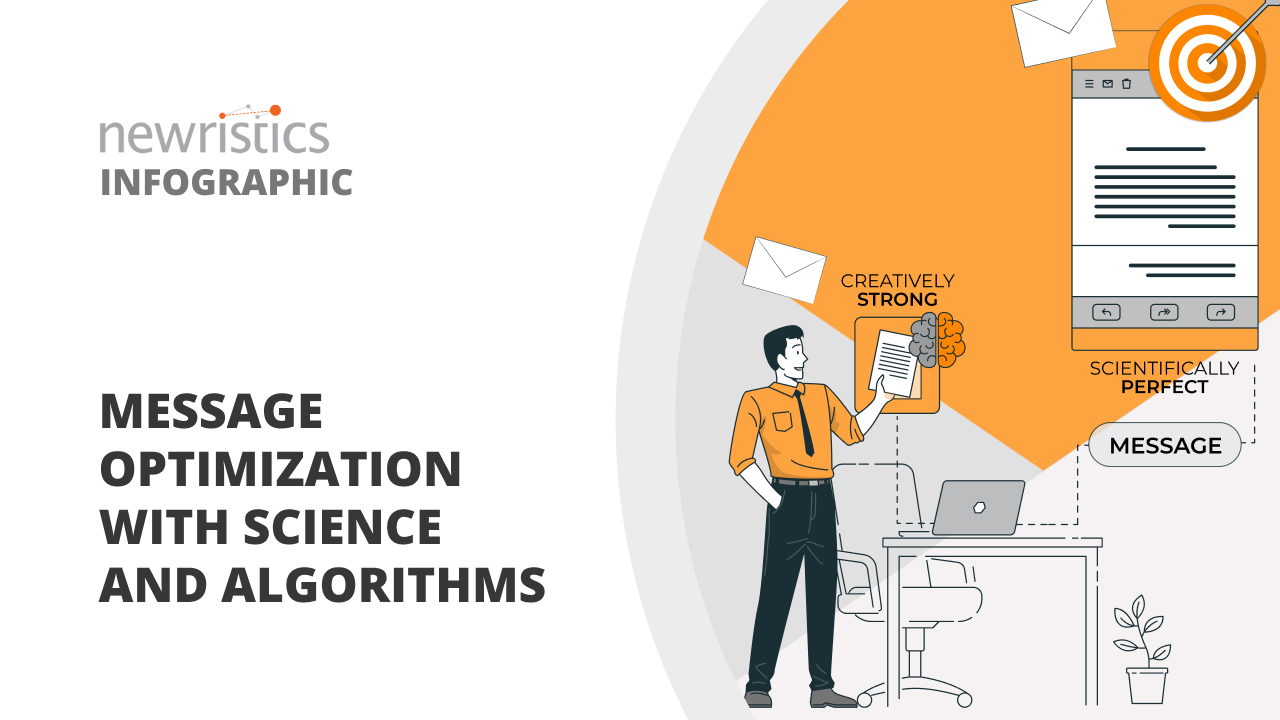Making sense of an experience

When people hear stories of a medical intervention failing, they tend to blame someone or something. This often happens in the context of searching for plausible explanations. The act of finding a plausible explanation for something that has already occurred is called Sense-making. When people engage in sense-making, they look for justifications they can believe.
This brings us to the Availability Heuristic - Our brains prefer to engage with information that is readily available in our awareness for decision-making, evaluations, and judgments. That available information could be relatable stories of a medical process failing, the narrative of an anti-pharma YouTuber, or even a sensational news article that speaks of medical malpractices and poor ethics. If the brain is biased towards believing this, it readily integrates that information into the sense-making process.
The Illusory Truth Effect also plays a vital role in sense-making. It describes how familiar information seems more authentic than unfamiliar information. Familiar information is easier to process and digest (i.e., cognitive fluency). Fluency increases perceived accuracy & believability. When a story or opinion is both readily available resulting in awareness and familiarity through repeated exposure, we tend to judge it as true or mostly true. If the information is misinformation that sounds real enough, we rarely question its veracity.
This process of sense-making, coupled with the availability bias and the illusory truth effect is a pain point for all medical stakeholders.
 Blog posts
Blog posts Newristics
Newristics
 04 February 2021
04 February 2021





 Back
Back Share
Share







 Infographics
Infographics

 Video
Video




